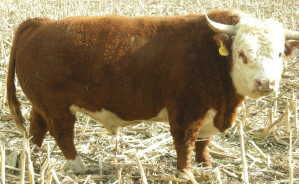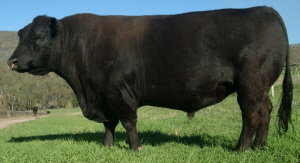



Shetland
History
The Shetland is a rare breed of cattle that is currently classified as at risk by the Rare Breeds Survival Trust in the Britain.
They have an ancient lineage, thought to date back to the cattle the Vikings brought to the Shetlands Islands in the period 700-1100 AD, after this period there will have been other influences to the breed.
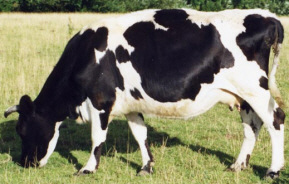 Photo courtesy of St Clair Shetland Cattle, www.stclairshetlandcattle.co.uk |
The Shetland Cattle Breeders Association was founded in 2000 by a group of mainland UK breeders who were concerned about the vulnerable status of the breed, and wished to do something about it. Their main objective is to communicate the mainy qualities of the breed that through time have been forgotten and conserve the Shetland for future generations.
Characteristics
The majority of Shetlands are black and white but red and white is also now firmly established, and even whole colours are reappearing. The Shetland has delicately shaped inward and slightly upward curving horns (appropriately Viking style) but can be polled if preferred. In the winter they have a long hairy coat which starts growing in August, by May they become sleek and shiny with their summer coat, all calves are born with a woolly coat what ever time of the year they are born.
It stands, on average, 48 inches high though the truly traditional type can be much smaller – “the most diminutive of its kind in the world”.
Statistics
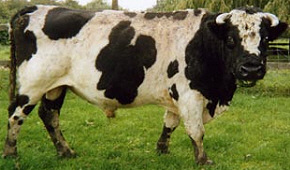 Photo courtesy of St Clair Shetland Cattle, www.stclairshetlandcattle.co.uk |
Comparative
Large, quick growing calves - On this Scottish severely disadvantaged farm, impressive daily liveweight gains are being recorded. Simmental X calves out of Shetland cows achieved average gains of 1.42 kg/day for males and 1.3 kg/day for females. 200 day weights were 324 kg for males and 290 kg for females, all from grazing rough pasture with no creep feeding.
This demonstrates the Shetland’s outstanding foraging ability and conversion efficiency. A typical cow, weighing only 450 kg, and therefore with a food consumption far lower than most suckler breeds, is producing a calf that is 65-70% of its own weight at 200 days from sub-optimal forage.
Easy calving – Shetland cattle are famed
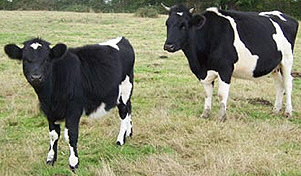 Photo courtesy of St Clair Shetland Cattle, www.stclairshetlandcattle.co.uk |
Fertility – Maintaining a tight calving pattern is a key element in profitability. Research conducted by the Animal Breeding Research Organisation has shown that pure Shetlands have the ability to calve every eleven months. Commercial trials confirm that this ability is maintained when crossed with a continental bull.
www.shetlandcattle.org.uk
Distribution
The Shetland is being conserved in Britain, there are around 2000 registered animals.
References (the above information was cited from the following sites)
www.shetlandcattle.org.uk
www.stclairshetlandcattle.co.uk
Australian Lowline Cattle were developed from an Aberdeen Angus herd which was established at the Trangie Research Centre in 1929, they were bred to provide quality breeding stock for the NSW cattle industry.
Seed stock were purchased from Scotland, Canada, America and selected Australian Studs to form the foundation of the herd.
The emphasis at Trangie switched to research in 1963, the Australian Meat Research Committee asked the Trangie Research Centre to conduct a project aimed at establishing the role of performance recording in the breeding program of a herd. Emphasis was given to weight gain and to visual conformation score in the selection of replacement bulls and heifers. The project continued until 1970, pioneering performance testing in Australia, and demonstrating successfully the usefulness of measuring performance in a stud herd.
Seed stock were purchased from Scotland, Canada, America and selected Australian Studs to form the foundation of the herd.
The emphasis at Trangie switched to research in 1963, the Australian Meat Research Committee asked the Trangie Research Centre to conduct a project aimed at establishing the role of performance recording in the breeding program of a herd. Emphasis was given to weight gain and to visual conformation score in the selection of replacement bulls and heifers. The project continued until 1970, pioneering performance testing in Australia, and demonstrating successfully the usefulness of measuring performance in a stud herd.

